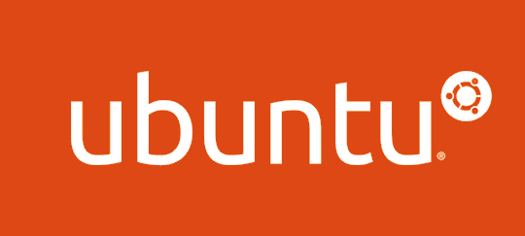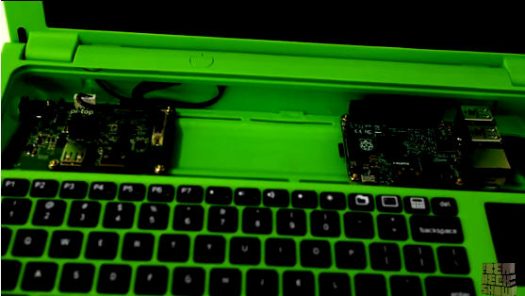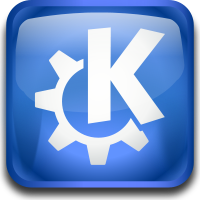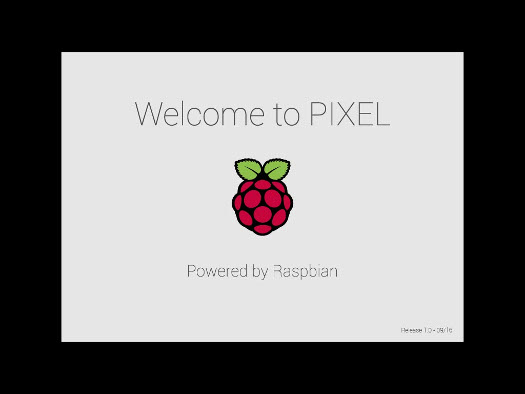Some popular Netgear routers contain a security flaw that is evidently easy to exploit and can make users vulnerable to a CSRF attack.

Breaking News
About this time I’m wondering if I’d even purchase a Netgear router.
You’d think that with all of the fuss recently about the insecure Internet of things, especially when it comes to routers, that any router maker would be on top of it and patching vulnerabilities as soon as they’re discovered.
Evidently not, as far as Netgear is concerned.
Christine Hall has been a journalist since 1971. In 2001, she began writing a weekly consumer computer column and started covering Linux and FOSS in 2002 after making the switch to GNU/Linux. Follow her on Twitter: @BrideOfLinux













 Digital Homicide commits suicide: In a story that’s been brewing for a while now, it seems that game company Digital Homicide was given enough rope to…well, you know. It seems that the publisher had gotten in the habit of suing any Steam user who dared to post a bad review about one of its games, and actually
Digital Homicide commits suicide: In a story that’s been brewing for a while now, it seems that game company Digital Homicide was given enough rope to…well, you know. It seems that the publisher had gotten in the habit of suing any Steam user who dared to post a bad review about one of its games, and actually 
 As they used to say on the Outer Limits, there is nothing wrong with your ink cartridges. HP has taken control of your printer and trained it to not accept them anymore.
As they used to say on the Outer Limits, there is nothing wrong with your ink cartridges. HP has taken control of your printer and trained it to not accept them anymore.